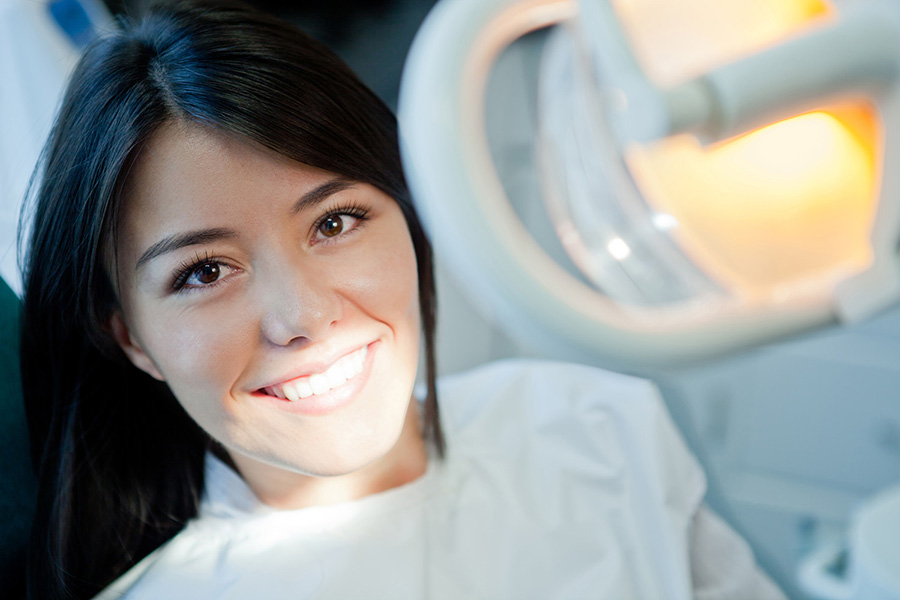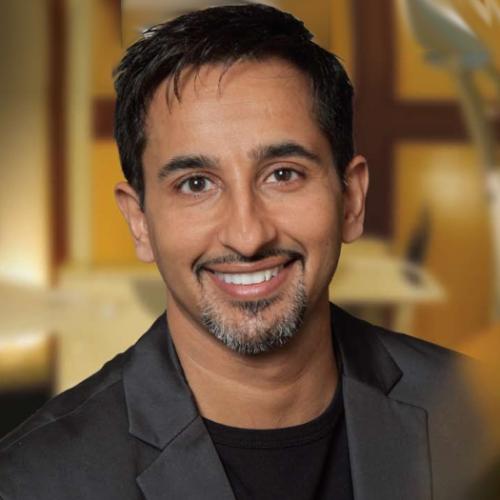Initial Comprehensive Oral Examination
In order to make an accurate diagnosis and an appropriate treatment plan for you, we must know the exact state of your mouth as it is today. It is extremely important to record the appearance of your mouth, healthy or diseased, so that in the event of a change, we can make a proper diagnosis. This baseline record makes it possible to more accurately judge the progress and severity of change that may occur. The initial oral examination includes inspection of your head, neck, and facial structures and palpation of the lymph nodes of the neck. We examine your temporomandibular joint (jaw joint or TMJ) for proper function. We note the condition of your lips, insides of your cheeks, tongue, glands and gland duct openings, muscle attachments, and hard and soft palates. This all occurs before we even look at your teeth and gums.
The initial oral examination includes inspection of your head, neck, and facial structures and palpation of the lymph nodes of the neck. We examine your temporomandibular joint (jaw joint or TMJ) for proper function. We note the condition of your lips, insides of your cheeks, tongue, glands and gland duct openings, muscle attachments, and hard and soft palates. This all occurs before we even look at your teeth and gums.
When examining your teeth, we chart how many are present and which teeth are missing. We look at tooth alignment and status of decay. In addition, we chart the existing fillings/restorations and record which might be broken or defective and need replacement. If you have replacement teeth present, either partial dentures (which are removable) or fixed crowns, we assess their present condition and function. If you are missing teeth, we begin to determine whether it is in your best dental health interest to consider their replacement.
We also look at the appearance of your teeth, the position of your teeth, ow you look when you smile; in short, how other people see your teeth. We note irregularities in the tooth alignment and discolorations in teeth and fillings/restorations that might detract from your appearance.
To be complete, the examination must also include an evaluation of recent radiographs (x-rays) of diagnostic quality. Depending on the condition of your mouth, we may need from 14 to 20 recent radiographs. From the radiographs, we can more directly examine the health of the bone that ultimately supports the teeth. We look for unerupted or impacted teeth, decay that may be present under old fillings or in between teeth, and areas of infection around roots that might require endodontic therapy (root canal treatment). An estimated bone height around teeth and abnormalities that might exist is also noted. A complete diagnosis cannot be made without this vital diagnostic tool.
We will also take intraoral photographs, video pictures, impressions for study models of the teeth and bite (arch) relationships.
Some parts of the exam will be completed and recorded by trained and licensed dental auxiliary personnel such as dental hygienists and dental assistants.
Using the results of the diagnostic findings and your expressed concerns and goals, we will arrive at a diagnosis of your dental condition. We can then formulate treatment plans with appropriate options that will address all of your wants and needs. Only when this is done will your dental treatment begin.
Due to the many parts of a complete initial oral examination, it cannot be adequately done in 10 minutes. The more your mouth deviates from the ideal (all teeth in place, perfect alignment, no decay, no fillings/restorations and no gum disease), the longer the examination will take. If your mouth has been neglected or improperly cared for, the examination could take more than an hour to complete. We want to provide you with the best oral care possible and that begins with a thorough dental examination.



